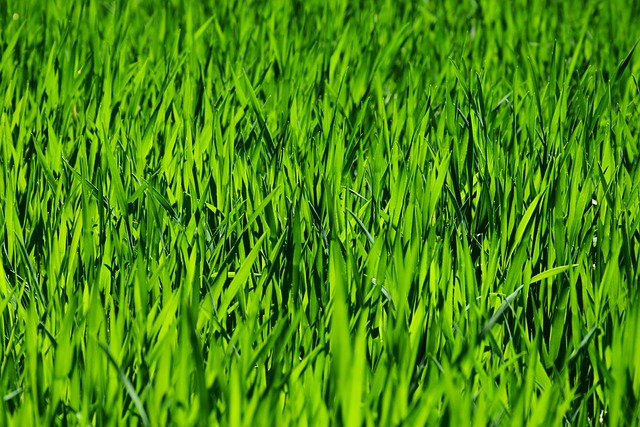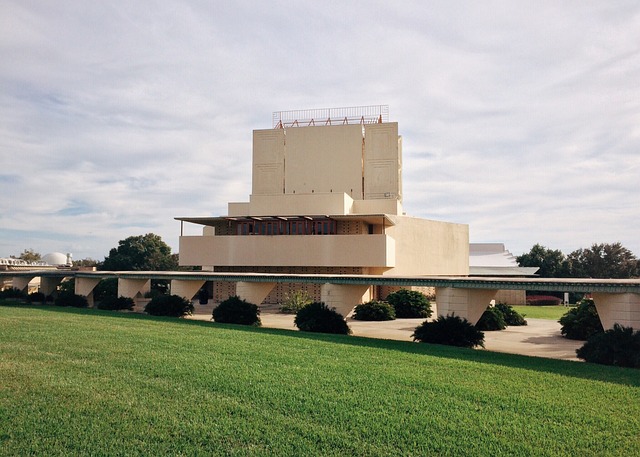Lawn care and landscaping are interconnected disciplines that transform exterior spaces, offering both aesthetic appeal and functional benefits. Effective lawn care practices, including soil preparation, fertilization, irrigation management, and regular mowing, are crucial for successful landscaping design. Designers integrate these principles into landscape planning to create sustainable, low-maintenance areas suitable for diverse climates and personal preferences. Styles range from traditional symmetry to natural organic designs and modern minimalist approaches, ensuring outdoor spaces that reflect individual style while enhancing property value.
Landscaping design transforms outdoor spaces into stunning, functional areas that enhance your lifestyle. From defining purposes and choosing designs to implementing effective lawn care practices and installing diverse features, this comprehensive guide covers all aspects of landscaping excellence. Discover the fundamentals, from understanding grass types to creating year-round interest through strategic planting. Master techniques for preparing your lawn, maintaining its health, and crafting outdoor oases that become the heart of your home.
- Understanding Lawn Care and Landscaping Fundamentals
- – Defining landscaping and its purpose
- – Types of landscaping designs
Understanding Lawn Care and Landscaping Fundamentals

Lawn care and landscaping are interconnected disciplines that transform outdoor spaces into functional, aesthetically pleasing environments. Understanding fundamental principles in lawn care is paramount for successful landscaping design. This includes soil preparation, fertilization, irrigation management, and regular mowing practices to maintain a healthy lawn. Proper lawn care not only enhances the curb appeal of properties but also provides a robust foundation for more intricate landscaping features.
By integrating these fundamentals into the overall landscaping plan, designers can create sustainable, low-maintenance outdoor areas that adapt to various climates and personal preferences. From selecting suitable grass types to implementing efficient watering systems, each element contributes to a harmonious landscape that requires minimal upkeep while delivering year-round beauty.
– Defining landscaping and its purpose

Landscaping design is an art that transforms outdoor spaces into functional, aesthetically pleasing environments. It involves planning, creating, and maintaining various elements such as gardens, patios, walkways, water features, and more. The primary purpose of landscaping is to enhance the beauty and value of a property while providing practical benefits. A well-designed landscape not only offers a relaxing retreat but also contributes to energy efficiency, improves air quality, and supports local ecosystems by incorporating native plants that attract wildlife.
In the realm of lawn care and landscaping, professionals take into consideration factors like climate, soil type, available space, and client preferences. They create plans that range from simple yard upkeep to complex architectural designs. Effective landscaping integrates these elements seamlessly, ensuring the outdoor area is not only visually appealing but also sustainable and easy to maintain.
– Types of landscaping designs

When it comes to landscaping design, there’s a style to suit every taste and space. From lawn care and classic formal gardens to contemporary minimalist designs, options are vast. Traditional landscapes often feature manicured lawns, structured beds, and well-placed trees and shrubs, creating a symmetrical and refined look. On the other hand, natural or organic landscaping embraces native plants, irregular shapes, and an overall low-maintenance approach, harmonizing with the surrounding environment.
Modern landscaping designs take inspiration from nature but with clean lines and bold features. This might include raised beds, unique hardscapes like pathways and patios, and carefully curated plant selections. Whether focusing on aesthetics, functionality, or sustainability, landscaping offers endless possibilities to transform outdoor spaces into vibrant, inviting areas that reflect personal style while enhancing property value.
Landscaping design is an art that transforms outdoor spaces into beautiful, functional areas. By understanding fundamental lawn care practices and exploring diverse landscaping styles, individuals can enhance their properties’ aesthetics and value. Incorporating creative elements and suitable plant choices allows for a unique, thriving landscape tailored to personal preferences and environmental conditions, ultimately enhancing the overall enjoyment of one’s outdoor sanctuary.














